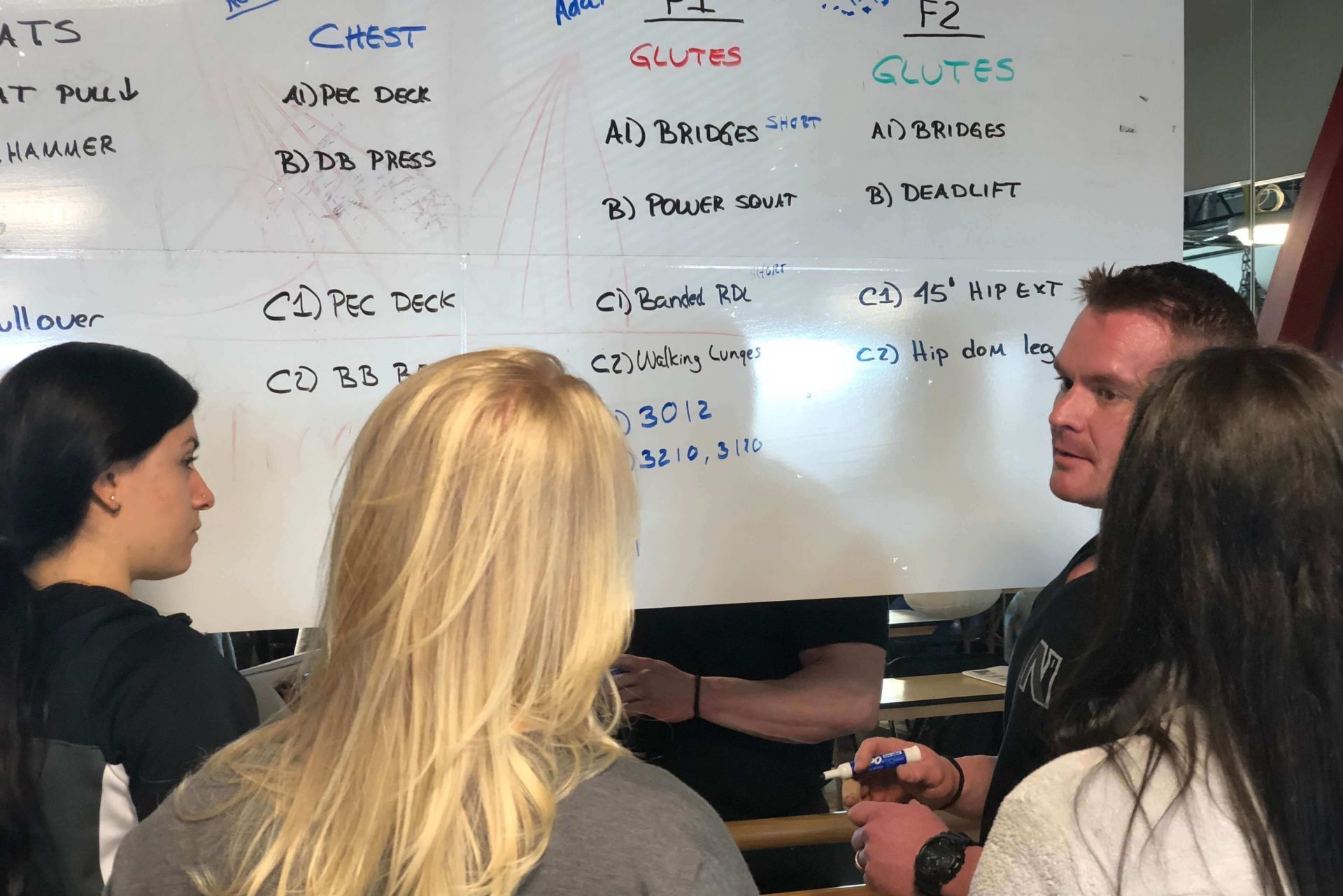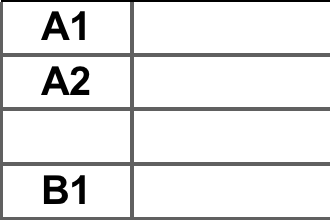All Sets are Not Created Equal
Volume is a very misunderstood metric in the fitness industry. It cannot be accurately calculated by just multiplying sets, reps, and weight or just counting sets per mucsle group. Volume cannot even always be compared across different programs and has to be assessed specific to the stimulus. Here is an introduction to better understanding volume.
Timestamps
0:45 When to consider sets as counting towards the volume of the workout for a neurological goal
2:30 Volume approximation for a metabolic stimulus
5:30 How to progress in volume without adding sets or reps
6:00 Volume considerations when adding intensifiers
6:50 Why you cannot compare volume between different stimuli
8:00 Volume per stimulus depends on the individual’s trainability
10:20 What to focus on and what to avoid in an oxidative stimulus program
More Videos
Preparing for Fat Loss
by N1 Education | Aug 06, 2019 |
Webinar: Training Variables for Effective Program Design
by N1 Education | Dec 06, 2018 |
Inflammation
by N1 Education | Mar 12, 2020 |
What Is Evidence Based?
by N1 Education | Feb 27, 2019 |
Program Design Case Study: Sarcoplasmic Asymmetrical (Advanced)
by Cody Moxley | Jun 11, 2020 |
More Articles
Rep Ranges Matter in Your Program
by N1 Education | Dec 03, 2018 |
Understanding Exercise Pairing – Labeling In A Workout
by N1 Education | Jun 11, 2018 |
Cinnamon: The Surprising Advantage Sitting on your Shelf
by Cody Moxley | May 04, 2018 |
Coaching Client Procedures
by N1 Education | Jul 17, 2018 |
How Many Meals Should You Eat Per Day?
by N1 Education | Jun 11, 2018 |










